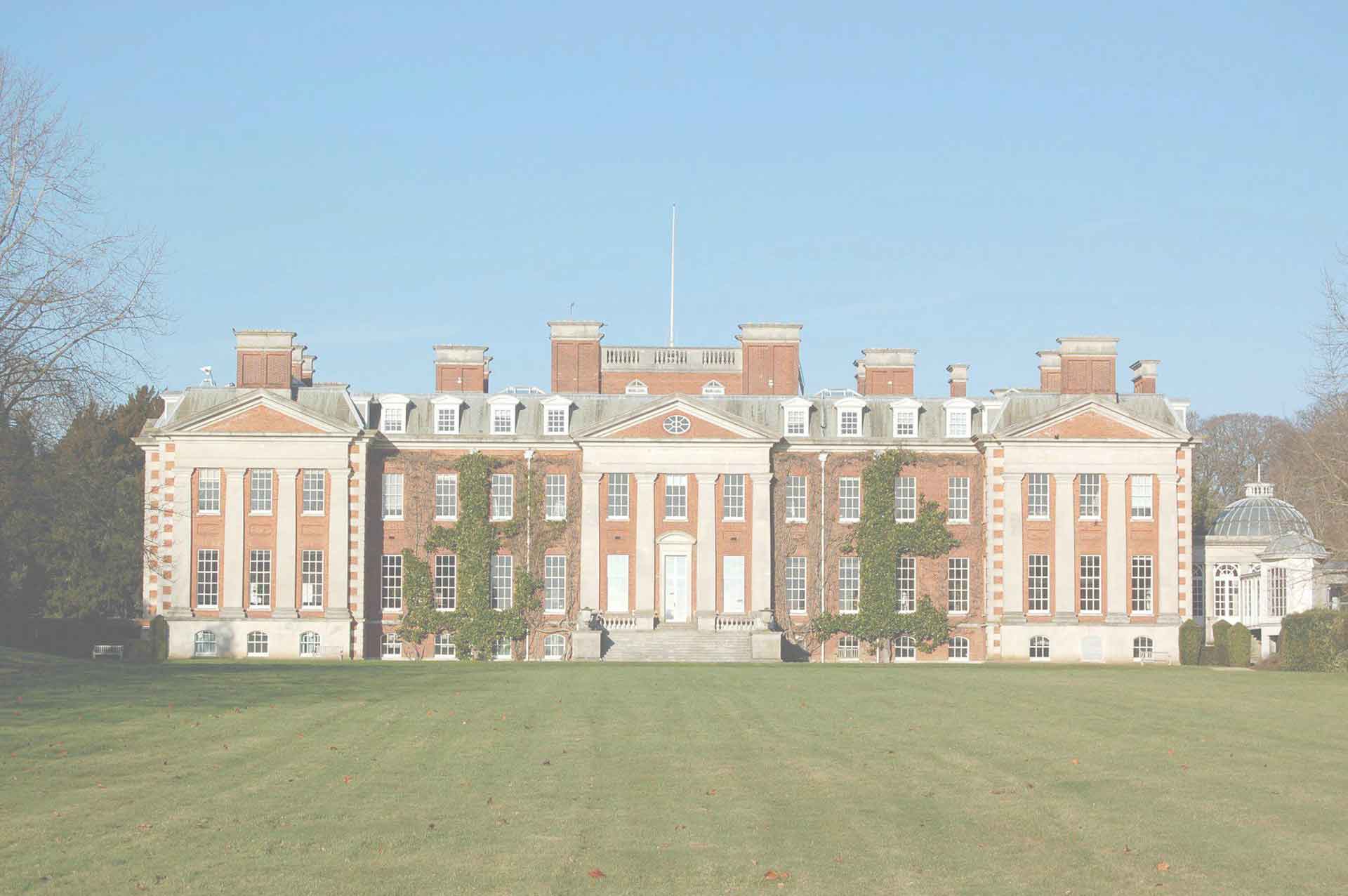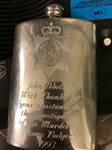UK Scientific Centre - Merseyside Police Bulger Enquiry
In February 1993, the abduction and murder of two year old James Bulger hit the headlines in the UK. There were a number of grainy images from the shopping centre where he was abducted available from CCTV systems. The IBM UK CEO of the time, knowing the image processing skills available at the UKSC, offered our services to the Merseyside police to try and improve the quality of the available images. Rick Turner, Andy Walter and John Ibbotson responded by using the workstation software and mainframe image processing systems over a 24 hour period to generate improved quality images which were used by the police. The three IBMers were presented with engraved hip flasks in recognition of their efforts.
IBM Scientific Centres
The IBM Scientific Centres have been centres of innovation throughout the world. The UK Scientific Centre (UKSC) was initially based in Peterlee, County Durham where it played an important part in the development of relational databases with the creation of the Peterlee Relational Test Vehicle (PRTV) developed between 1970 and 1978. In 1981, it was transferred to Winchester where it was located in Athelstan House near the cityís law courts and came under the management of the Hursley Laboratory.
After the move, innovation continued with projects to develop the WINSOM graphics solid modeller, the use of data visualisation in archaeology, and collaboration with William Latham - an artist interested in the creation of computer generated sculptures and video. Stephen Todd, Lathamís IBM collaborator, was a long standing member of the Scientific Centre having been a key contributor to the PRTV along with Tony Storey, a future IBM Distinguished Engineer at Hursley. Other projects included ones in voice synthesis and scientific image processing.
With the move from mainframe systems to workstations, the UKSC initiated a project headed by Rhys Lewis to develop a library of scientific image processing functions of use by other applications. In 1986, IBM introduced the RISC Technology Personal Computer (RT/PC) with a reduced instruction set processor running the AIX (IBMís implementation of Unix) operating system. This workstation was used as the development hardware for what became known as IMPART. As the library of functions developed, it was used for a number of other projects including the EU funded Computer Vision in Radiology (COVIRA). Following Rhysís move back into the Hursley Laboratory, the development of IMPART was taken over by John Ibbotson.
In 1990, the RT/PC was succeeded by the RS/6000 workstation developed at IBMís Austin facility. Since the RS/6000 was being marketed as a scientific workstation amongst other roles, IMPART was chosen as a product for the new workstation and released as the IBM Image Assistant with support being transferred to Austin. As described at the top of this page, the UKSC became involved in the James Bulger enquiry, putting their image enhancement skills to work on grainy CCTV images.
Shortly afterwards, the IBM Scientific Centres world-wide were closed as part of an IBM cost saving measure. Members of the UKSC put a case together for the Hursley Laboratory management arguing that there was a business case for customers to pay for services similar to those provided by the UKSC. This case was approved and resulted in the creation of the Hursley Services team. Hursley Services morphed into the Emerging Technology Services which existed until it became part of IBMís global Research group.


